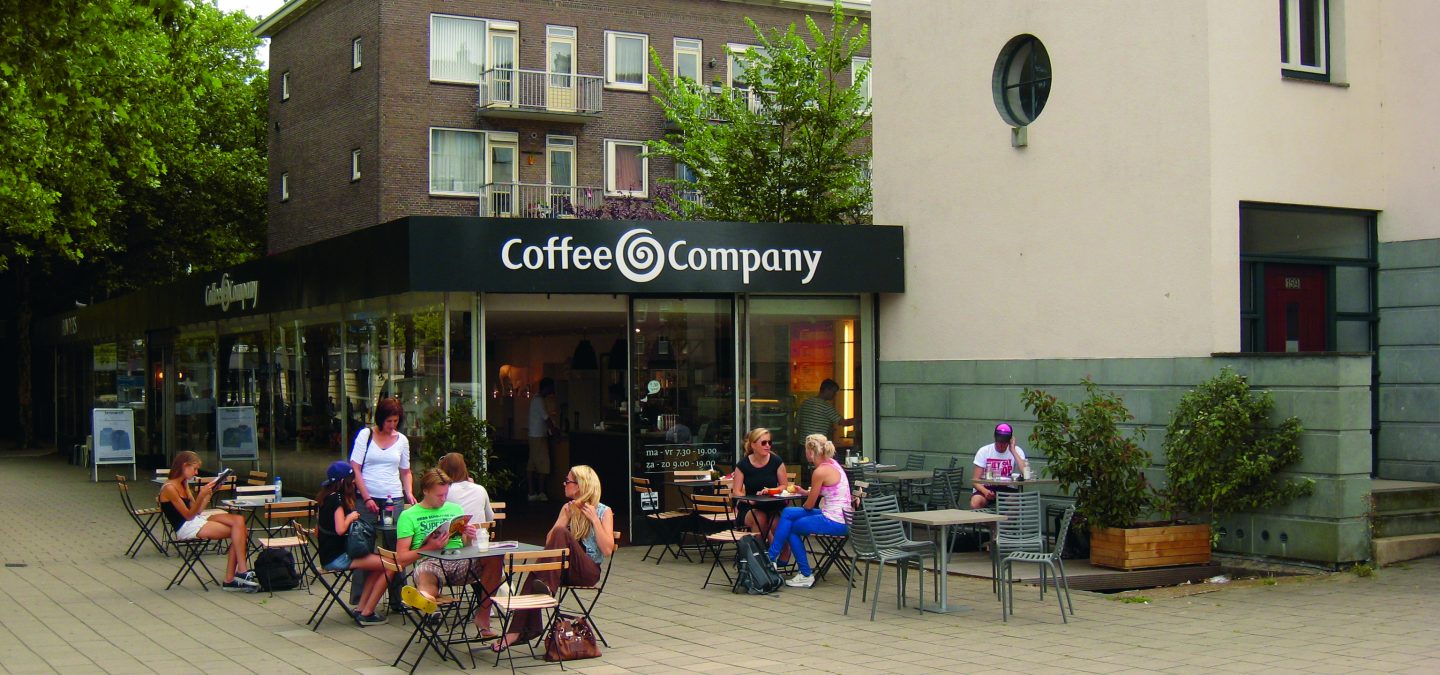
Keep up with our latest news and projects!

The vision of our company Lingotto is to realise good city districts. We do not have a specific strategy to apply every time: each project is customized. Plinths can be an instrument to realise good and pleasant streets wherever necessary. In the Netherlands we are often charmed by small and cosy shops in cities like Barcelona. These are high-density cities with small homes, lively streets, and a small-scale distribution system for goods and products. These situations cannot be translated one-for-one to new developments in other countries. Plinths are only possible at sites where they have potential and where it is appropriate: in city centres, along main routes or at street corners. Not on a back street as is sometimes required by municipal instructions.
New developments differ from historic streets that always have been a shopping street such as the the busy Haarlemmerstraat in Amsterdam. These examples can serve as inspiration but it is very difficult to realise good plinths in new situations today. The municipality often requires plinths in a new development, in order to create a lively and attractive public realm. Realising a good plinth howver is expensive due to high construction costs and required pre-investments. As a developer, we always pay attention to the conditions and aspects of context, location, public space, program, form, and financial gains.
To realise plinths you need a mixed urban district or areas with a high density; no homogenous office areas or suburbia. Especially downtown areas and districts close to the centre have potential for plinths, but within these areas different streets have different potentials. City centres contain and attract more people than other districts, so here plinths have a high opportunity of success. This central area of the city is growing to the adjacent neighbourhoods, as there is a demand for more urban city-life and thus for new plinths in those areas.
The important question in developing plinths is: which location has potential? There is not a way to calculate this; you need fingerspitzengefühl, or instinct. You have to look at walking routes, busy streets but not too busy; it must be a pleasant atmosphere to walk along. On the Van Eesterenlaan in the Amsterdam Eastern Docklands, the most successful plinths are on route to the supermarket; on IJburg they are near the shopping centre; and on the Wibautstraat most liveliness is around the supermarket, the subway exits, and the educational institutions.
The significance of the kind of adjacent public space of the plinth is big: is it a square, a walking street, or a street with cars? The details and lay-out of the public space are important to create a pleasant street where people want to walk and shop. Besides a pleasant street for walking and biking, also a few (short-time) parking spaces should be available in front or along the street. These are needed for distribution and for picking up or delivering goods by car: a necessity for most kinds of shops.
The main part of a good plinth is in the programming and use: which functions are suitable for this space? Finding the right programme for the plinth is a task for the owner/landlord, not for us as developers. It is a special business of fine-tuning the different functions in a plinth, commercially and aesthetically. Especially the development phase is difficult for new shops, due to the needed financial support. Also non-commercial activities are good use for plinths, but you only need a certain amount of kindergartens, dry-cleaners, and doctors in a neighbourhood. Housing is often not a suitable function for main streets; most of these plinths are designed with large windows, which will be closed off by inhabitants because of privacy reasons. When a plinth is meant as a home, it should look like a home and not like a shop or an office.
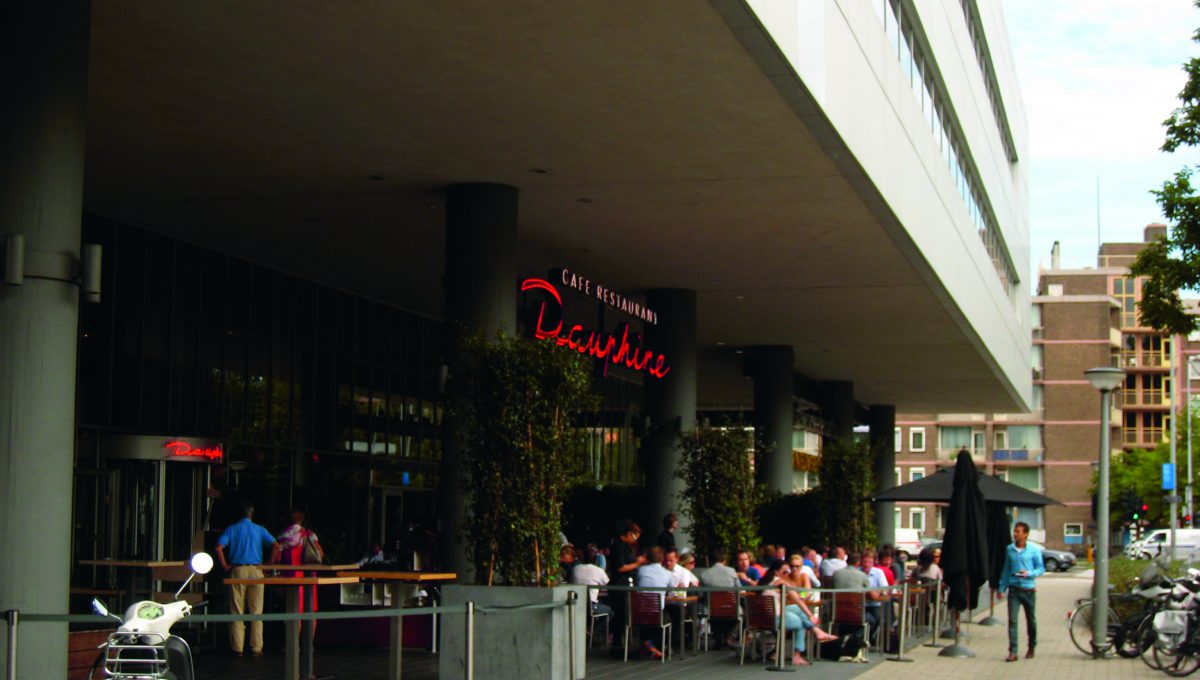
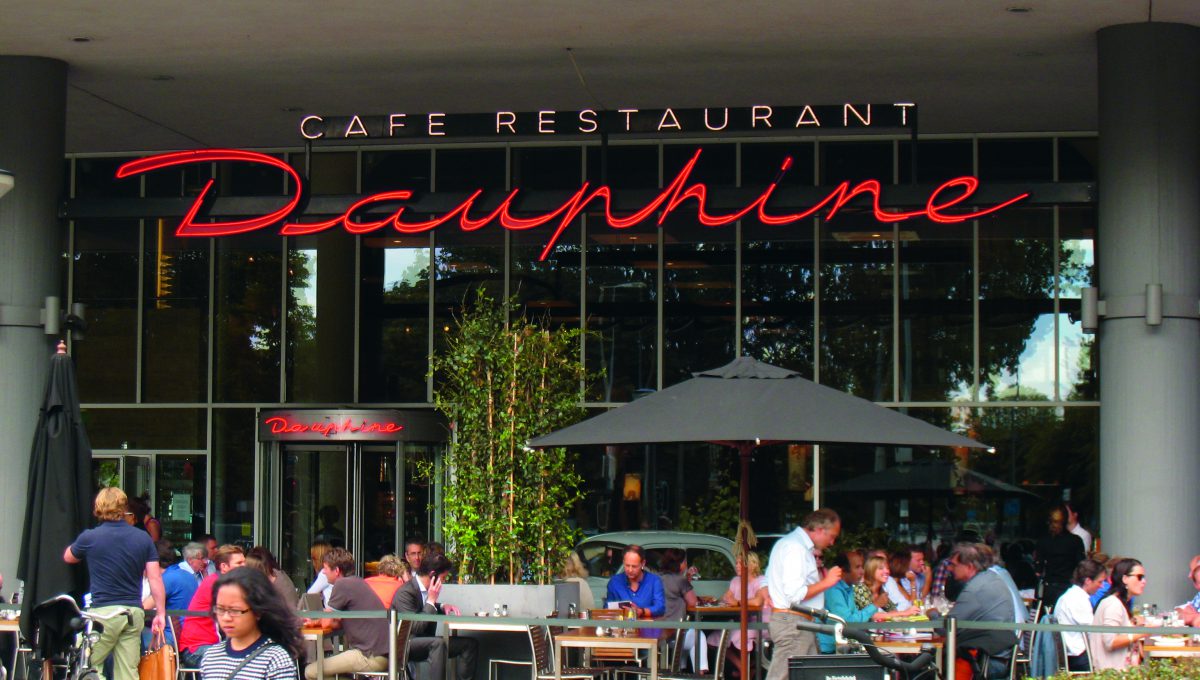
This restaurant is at a particular spot next to a traffic circle, where an old Renault-garage was transformed into a restaurant. This site is near the centre but consists mainly of offices and houses. The restaurant changed this spot into a new destination. The owners have recognized the potential of the old garage and the area and transformed it into a special location.
It is both architecturally and functionally a good example of transforming a building and giving a new cosmopolitan feel to the place. The grand scale of the plinth is of course one of the success factors, but also the designing of the details is an important aspect such as the restaurant’s name between the columns.
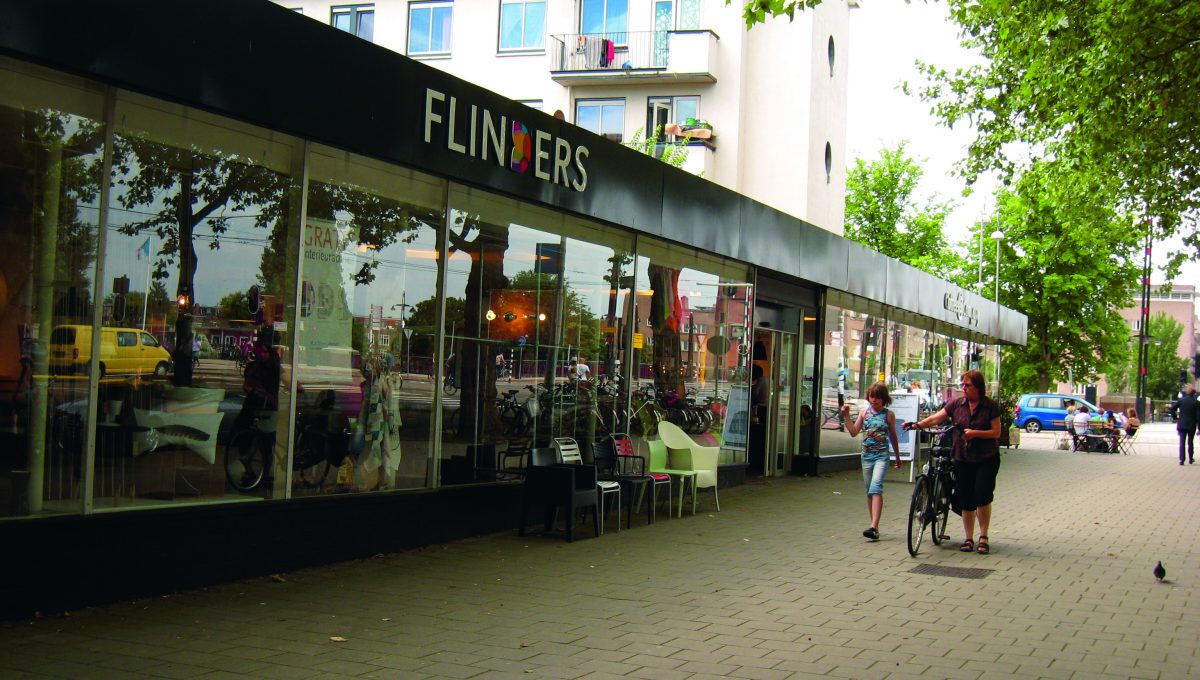
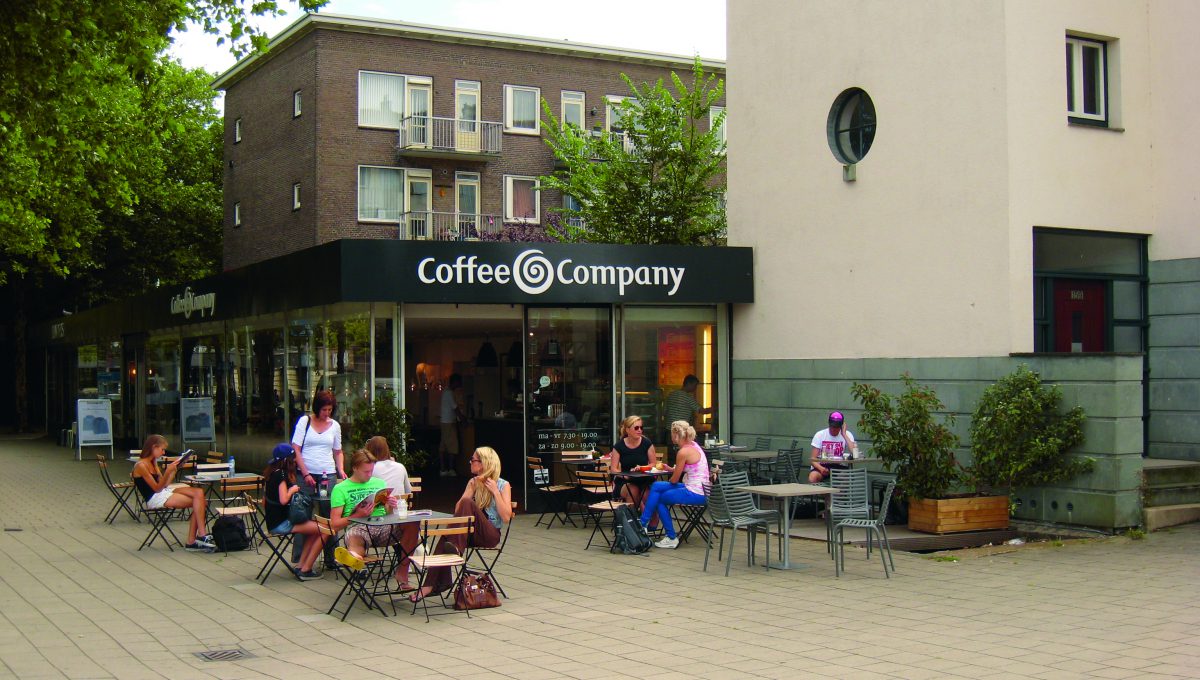
A good example of finding the right location and recognizing the programme potential is near the Amstel train station at the Meester Treublaan. Recently a new Coffee-Company along with furniture store Flinders has been established in a former retail shop that had been empty. The two share a single space, and you can try the furniture while drinking your coffee.
This plinth had been a dull place, but is suddenly changed with a new entrance on the side facing the water and the bridge. The potential of this location, close to the station, is well seen and has been adapted smartly.
The plinth is not only part of the building but also the street. The form, the parcelling, and the appearance are thus related to the width of the street and the sidewalk, and the length and height of the building. Buildings consist of a plinth, a body, and the head/roof. The height and width of the plinth is a ratio of the total façade. The plinth is sometimes needed from an architectural perspective, but then lacks a special function. To create a flexible plinth for different purposes you need a necessary width and depth of the building, which also should be flexible and could be changed over time. When the structure is fixed, you lose this flexibility of the ground floor.
Plinths are important but are sometimes difficult and expensive to make and exploit, because of construction costs. Pre-investment is needed to create future value for the street and the city. This investment requires a corresponding land price to make it possible. Land prices sometimes are too high to realise a good plinth quality. The municipality must consider if they want to have good plinths or to make money; it is difficult to do both.
For the development of the plinth you need partners. First the municipality should not impose preconditions about the form of the plinth, but instead facilitate with supporting regulations: a flexible land use plan. The market is able to develop the places with potential and find the right use for each plinth. Although it is often easier to find a place for a particular user than to find a function for a particular place. In developing a particular street a plinth manager can help to realise this to full extent; in such case the different owners and landlords should work together as partners and not as competitors.
Interested? Join The City At Eye Level and share your story!
Discover moreA final remark on two trends that will affect the way we use and develop plinths in the future. First we’re seeing a shift in retail from physical shops to virtual shops on the internet. As the demand for shops will diminish, I predict that remaining shops will transform either into introvert supermarkets or as showcase stores for internet shops. Only in attractive streets the shops will survive as specialized image shops, mostly in food & beverages or design. The second trend is the growing demand for flexible spaces for the self-employed: more and more people in the Netherlands tend to be self-employed (ZZP-er) or work free-lance. They don’t need offices along the highway but require flexible work-spaces and meeting places in the city centre for contact and interaction: sometimes in a coffee-and sandwich-shop, sometimes in a rented office space. These new city professionals are interested in urban network spaces and are attracted by the image and the atmosphere of these places. That might be the new future of the plinths.